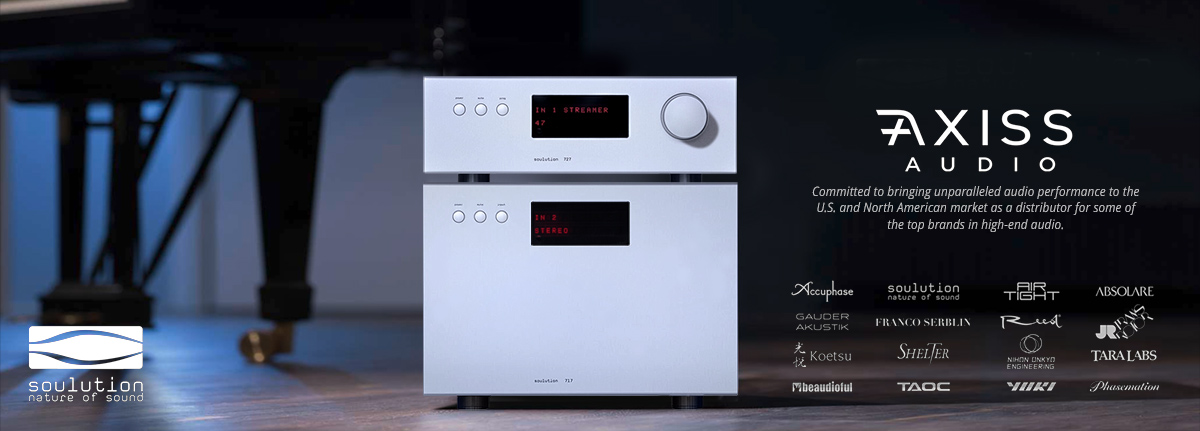Let's just say I've been reading and mostly not responding.
Are we all.
Let's just say I've been reading and mostly not responding.
The main point here is that Class A wattage will GO UP (not down) as the impedance decreases, UP TO a point.
Fransisco, with all due respect, I don't see anyone losing his temper in this discussion.
The basic question is whether or not Class A power output increases or decreases as impedance decreases. Perhaps it is not so simple a question and depends on the specific design of a given amplifier. I'm just asking questions as I know very little about this topic and am curious. Are you saying that Pass is misleading in its marketing about amp specifications and the specific content of their article "Leaving Class A"?
Just a recent link (tropic): https://www.stereophile.com/content/pass-laboratories-xa2008-monoblock-power-amplifier
Al, I simply posted a small quote sample from the measurements page from that review of the Pass Labs XA200.8 Class A mono power amplifier. It doesn't say in the measurements when class AB starts to kick off.
Francisco quoted John Atkinson who also doesn't know, he suspects...insufficient bias current for real Class A operation.
All I know is that it's a Class A specified mono amp.
• https://www.passlabs.com/amplifier/xa200.8
?https://www.dagogo.com/a-pass-labs-...-pure-class-a-high-current-monoblocks-review/
* I can ask Nelson Pass.
Edit: I just did. I'll check in the next 24 hours or less for a reply.
Let’s assume his specs are factual your climax are an increase of watts as impNelson Pass replied to my question an hour ago...11:08 AM
See his attachment from his post...link above.
* Al, are you also a member @ diyaudio forum? Perhaps you can have a conversation with Mr. Pass and we can learn more. To be honest I could use some extra learning knowledge, I'm always thirsty for new discoveries.
The measurements for power were made @ 1kHz.
To me real life audio is 20Hz to 20kHz.
The full review is what I posted first. I know the members here would take the time to read it in its entirety, about ten minutes, more of less, then look @ the measurements and conclude the results.
We are talking Class A operation up to its point of maximum real life power.
Nelson Pass is a great designer and great people; let me look in the next hour or so if he replied to me, from diyaudio forum where you too are a member.
* The XA200.8 is a very impressive amp, in & out. It's not cheap but needed for serious music listening quality from the best loudspeakers that demand nothing but some of the stable best.
I wish I could afford few pairs to biamp or triamp. I need a room build inside an iceberg, very frigid.
EDIT: http://www.diyaudio.com/forums/pass-labs/121228-f5-power-amplifier-1591.html#post5500201
The measurements for power were made @ 1kHz.
To me real life audio is 20Hz to 20kHz.
The full review is what I posted first. I know the members here would take the time to read it in its entirety, about ten minutes, more of less, then look @ the measurements and conclude the results.
We are talking Class A operation up to its point of maximum real life power.
Nelson Pass is a great designer and great people; let me look in the next hour or so if he replied to me, from diyaudio forum where you too are a member.
* The XA200.8 is a very impressive amp, in & out. It's not cheap but needed for serious music listening quality from the best loudspeakers that demand nothing but some of the stable best.
I wish I could afford few pairs to biamp or triamp. I need a room build inside an iceberg, very frigid.
EDIT: http://www.diyaudio.com/forums/pass-labs/121228-f5-power-amplifier-1591.html#post5500201
Maybe it’s just me but his math given does not add up but that’s another story he seems to be mixing facts and fiction all
In peak current 7.4 amps then 4 amps bias per side
Peak is 1.414 of rms so 7.4 is 5.23 amps rms per side since bias is dc
So he seems to get more out of less. A magician like I said. Lol. Good by buys.
| Steve Williams Site Founder | Site Owner | Administrator | Ron Resnick Site Owner | Administrator | Julian (The Fixer) Website Build | Marketing Managersing |
















